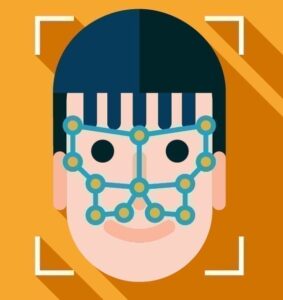Biometrics News – Facial Recognition

Tourists and locals visiting Shamian Island in Gaungzhou China may want to learn how to say ‘I can’t spare a square’ in as many languages as possible, as toilet paper dispensers using facial recognition have been implemented at the popular tourist destination.
The dispensers are designed to remove two feet of toilet paper after their face has been scanned, and the same face can only use the dispenser once every ten minutes.
The introduction of artificial intelligence and biometric technology has become very popular throughout China in recent years. There are over seven-hundred cities across the country that either already have or are planning to implement some sort of smart-toilet technology. There are one-hundred and fifty smart public toilets in Shanghai alone.
Two years ago a similar system to the one being implemented on Shamian Island was launched at Beijing’s Temple of Heaven Park. Still, there are concerns that the implementation may delay what can already be a time-sensitive process for some.
“Maybe facial recognition machines can save toilet paper, but I don’t see how they can save time… There is always a long queue outside the public toilets in Shamian and now everyone has to stand in front of the machine for several seconds to take the toilet paper,” said Nick Yi, a 24-year-old engineer in Guangzhou, speaking with South China Morning Post.
The rise in popularity of facial recognition in China isn’t limited to toilets, however. In Beijing, facial recognition is used for trash sorting to stop the incorrect dumping of waste, and in Shenzhen jaywalkers are publicly shamed in a pilot project using facial recognition, with their name and image posted on giant screens near the scene of the crime.
The market for smart technologies in China is huge, and it is expected to exceed 10 trillion yuan (US$1.4 trillion) with analysts predicting it will reach 25 trillion yuan by 2022, according to the Qianzhan Industry Research Institute.
Source: South China Morning Post
–
October 21, 2019 – by Tony Bitzionis







Follow Us